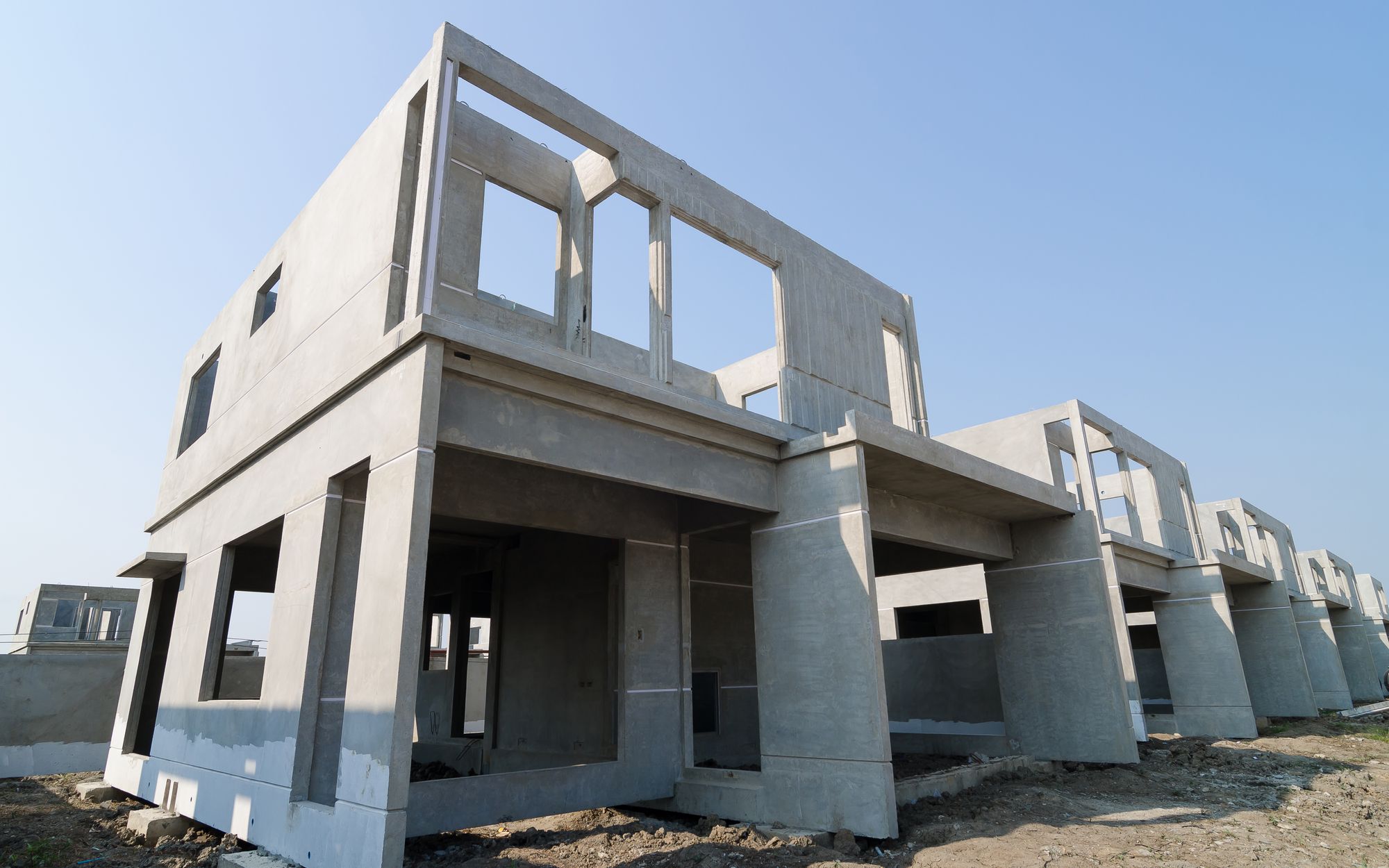Interest in prefabrication is growing in a range of subsectors from data centers to healthcare, where it can enable providers to expand infrastructure rapidly to meet spikes in demand, as in today’s current environment.
Prefabrication can benefit everyone in the construction ecosystem—not just those standing up hospitals and hotels. The methodology delivers greater certainty over scope, cost and schedule. For construction businesses, prefabrication enabled by Design for Manufacturing and Assembly is more efficient, mitigates labor shortages, improves safety and increases productivity—a productive project is a profitable project with a better customer and end-user experience.
Prefab is still in the early phases of maturity, which is evolving quickly to industry-wide adoption of prefabrication. Every company is at a different phase in its journey and follows a “prefab readiness index”:
- Level One. Prefab Killers are companies using minimal prefabrication whose culture and behaviors may hinder or halt both short- and long-term adoption;
- Level Two. Project-Centric Prefabbers are businesses that use prefabrication on a project by project basis, without institutionalizing learnings;
- Level Three. Prefab Adopters are organizations that have incorporated prefabrication into their processes, but aren’t yet optimizing it; and
- Level Four. Prefab Optimizers are companies that are data-driven with real-time learning and elevating the use of prefab through their innovative processes, tools and culture.
As the industry matures, more and more prefab optimizers will be at the forefront of innovation, value creation and productivity.
Importantly, by understanding the behaviors associated with the most (and to a certain extent, the least), sophisticated prefabrication adopters, construction companies can identify how to be purposeful on how to progress on their journeys.
There are the five key competencies that underpin success with prefab that companies need to adopt and master.
1. A culture of continuous learning
The first competency is culture: specifically, people’s willingness to learn and their attitude towards failure. At the least sophisticated companies, the prefab killers, there is a closed culture with little learning. When things go wrong, the instinct is to assign blame, not embed, improvements for the future.
By contrast, at companies that are prefab optimizers, employees are incentivized to learn within an open culture of continuous innovation. This attitude is led from the top and is driven from all levels of the organization. Prefab might also be part of team members’ job descriptions, encouraged and supported through remuneration. Importantly, there’s open acknowledgment that not every innovation will progress perfectly. It’s safe to fail, because failing means learning.
Addressing company culture, by reinforcing the values of active listening and continuous learning, and making these values part of everyone’s role within the company is a critical step in adopting prefabrication.
2. A strategy that’s defined, visible and actioned
For most construction businesses, embedding and optimizing prefabrication requires significant changes. For the process to succeed, organizations need strategies and metrics that indicate how well these changes are working.
The businesses at the start of their journey to prefab readiness are unlikely to have a plan for its adoption and may be using prefabrication only due to external forces – with project-centric metrics, if any. By contrast, for the most sophisticated businesses, prefab will be a core strategic pillar of the business and seen as a key part of the value proposition.
To increase prefab prowess, it’s important to create a strategy for the months and years ahead, and attach a wide range of metrics to its success—such as the percentage of each project completed with prefabrication, safety, the number of workers that have been moved to a more controlled and safer environment, and productivity. Embed that strategy in the business by sharing it with every team, and make people accountable and reward them for its tactical enactment.
3. Institutionalized knowledge, built through internal champions
To adopt prefabrication, the processes owned by preconstruction, procurement, estimating and site management must evolve—prefabrication expertise is critical to move away from trade-centric processes and toward element-centric processes. It’s not just about skilled people, but about digitizing systems and having prefabrication knowledge embedded in technology while also being reflected in processes.
For businesses at the earlier stages of the journey, it’s likely that prefabrication knowledge exists in very small pockets and with little technology investment.
Internal prefab champions who support wider adoption are a marker of more advanced businesses. The most sophisticated businesses, the prefab optimizers, are likely to have skilled and knowledgeable staff spread throughout the entire organization to eliminate silos—not just in one or two limited areas of the organization. Equally, that knowledge will be captured in the organization’s digital tools, ensuring best practices and processes are not lost if key personnel leave the business.
Relationships with other partners are also important. A wide network of designers, particularly those who understand design for manufacturing and assembly, and manufacturers and subcontractors enable organizations to evaluate and incorporate more prefabricated elements. Digital networking and collaboration platforms can help here, enabling construction businesses to find and evaluate new subcontractors and so increase their prefabrication offerings and capabilities.
4. Embedded processes, with a route to improvement
Embedding prefabrication in the business means having processes in place that support its use from design to handover and even operations. Organizations at the start of their journey might not have any processes in place that incorporate prefab, or they may have process entropy that actually excludes prefabrication. They may also be entirely dependent on a team that’s involved just for one project (level two Project-Centric Prefabbers), if there is knowledge there. Those that have more fully adopted prefab (level three Prefab Adopters) have incorporated it into their everyday routine processes.
The marker of prefab optimizers, however, is a desire to constantly improve their processes, using a real-time and continuous feedback loop through digital tools and even predictive analytics. With the data from this feedback loop, organizations can continue to improve productivity, safety and sophistication, resulting in even more ambitious prefab projects and better, more predictable outcomes.
5. Training and tools to optimize prefabrication
Providing employees what they need through training and tools is the final key to prefabrication and has a direct impact on project outcomes. The firms at the very start of their journey might have no tools and little training and as a result, their element analysis will frequently be flawed.
By contrast, at the most advanced businesses, teams will be able to draw on element-centric project conceptualization, a library of prefabricated elements, element-centric target costs and accelerated assembly methodologies.
These businesses will be able to not only select but optimize their selection of both simple and complex elements for exceptional project outcomes. And from a training perspective, skills and knowledge on prefabrication will be a standard part of onboarding for all employees.
Is the Company prefab ready?
Prefabrication offers significant benefits for both individual companies and the wider industry. Importantly, it can help the construction industry as a whole overcome its project-centric focus and achieve continuous improvement in areas like safety, productivity and sustainability to develop more complex and technology-enabled buildings.
Make no mistake: It’s technically not hard to prefabricate pipe. It is hard however, to have culture, process and leadership that makes it possible to prefabricate that pipe or any other element. Embracing prefabrication can require a big change in thinking, an investment in new skills, expanded knowledge, new processes and a clearly aligned business strategy. By understanding the practices of the highest performing organizations, construction businesses can progress from prefab killers to prefab optimizers for better company and industry outcomes.







